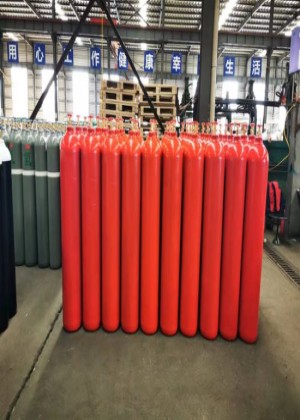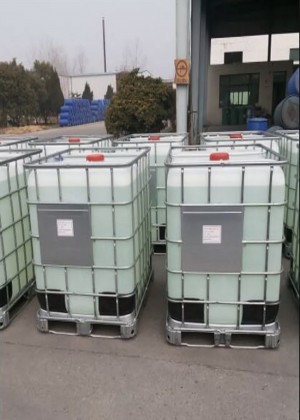
Methane
Methane (CHâ‚„) Is A Simple Hydrocarbon Gas That Is Commonly Used As A Fuel And Is Also Found In Natural Gas. Its Specifications Can Vary Depending On Its Intended Use, Such As For Industrial Applications, Residential Use, Or As A Chemical Feedstock. Here Are Some General Specifications And Properties For Methane:
1. Chemical And Physical Properties:
- Molecular Weight: 16.04 G/mol
- Boiling Point: -161.5°C (-258.7°F) At 1 Atm
- Melting Point: -182.5°C (-296.5°F)
- Density: 0.717 Kg/m³ At 0°C And 1 Atm
- Flammability Limits: 5% To 15% By Volume In Air
- Odor: Methane Is Colorless And Odorless; Odorants Are Often Added For Detection Purposes
2. Purity:
For Most Applications, Especially In Natural Gas, Methane Is Expected To Be Of High Purity. Common Specifications Might Include:
- Methane Content: Typically 85-95% Or Higher
- Hydrogen Sulfide (Hâ‚‚S): Usually Less Than 4 Ppm (parts Per Million)
- Carbon Dioxide (COâ‚‚): Typically Less Than 2-3% Depending On The Application
- Water Content: Usually Less Than 7 Lbs Of Water Per 1,000 Standard Cubic Feet (scf)
- Sulfur Compounds: Usually Less Than 0.1 Ppm
3. Energy Content:
- Higher Heating Value (HHV): Approximately 55.5 MJ/kg (1,000 Btu/scf)
- Lower Heating Value (LHV): Approximately 50.0 MJ/kg (900 Btu/scf)
4. Safety And Handling:
- Explosion Limit: 5% To 15% In Air
- Toxicity: Methane Is Generally Not Toxic But Can Displace Oxygen And Pose Asphyxiation Hazards In Confined Spaces
5. Regulatory Standards:
Different Regions May Have Specific Standards And Regulations Regarding The Quality And Purity Of Methane, Such As Those Set By:
- ASTM International
- ISO Standards
- American Gas Association (AGA)
- Natural Gas Vehicle (NGV) Specifications
These Specifications Ensure That Methane Meets The Necessary Criteria For Its Intended Use, Whether It Is For Combustion In Engines, Heating, Or Chemical Processing.



